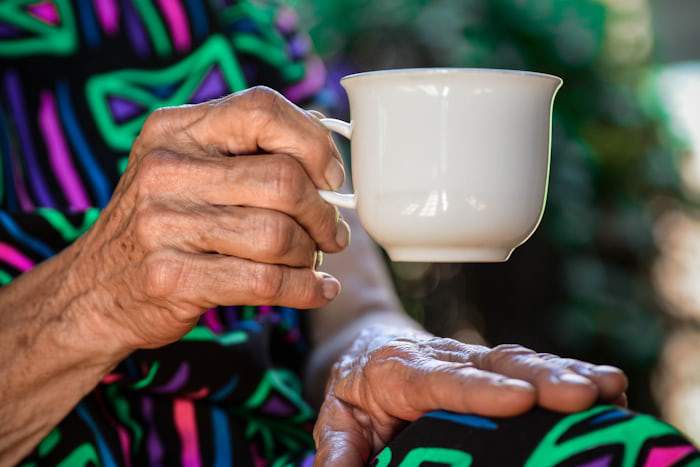More than 750,000 older adults live in assisted living homes across the U.S. These places help with a mix of health, memory, and social needs. Unlike nursing homes, which follow strict national rules, assisted living rules change a lot from state to state and even between homes. This can lead to uneven care and safety. As more people age, homes must train caregivers well to handle tough jobs.
Research and industry guidelines increasingly recognize that assisted living training is the cornerstone of high-quality services.
Table of Contents
The Role of Specialized Training
Training made just for assisted living gives caregivers skills for everyday tasks and emergencies. They learn safe ways to give medicine or handle crises. Groups like the American Health Care Association/National Center for Assisted Living (AHCA/NCAL) say training for all staff builds a better workplace and steady care. Homes with clear training plans—from new hire classes to yearly updates—pass checks easier, make fewer paperwork mistakes, and work better as a team of aides, nurses, and bosses.
Dementia-Specific Education
Dementia affects almost half of assisted living residents. Special classes on this are a must. The STAR (Staff Training in Assisted-living Residences) program is a proven way to teach it: over two months, caregivers join group talks and one-on-one coaching. It uses the ABC method (what happens before, during, and after behavior) to handle tough actions like anger. A study showed trained staff spot triggers better and calm situations with respect, making things smoother.
Dementia training also boosts mood and health. The UK’s WHELD program teaches staff to lead fun activities based on what residents like. This cut down on upset feelings, sadness, doctor visits, and hospital trips—proving simple, non-drug methods work big time.
Enhancing Soft Skills and Person-Centered Care
Knowing medical stuff isn’t enough for happy residents. Caregivers need strong talking and kindness skills too. Classes on listening well, encouraging chats, and respecting cultures help staff see residents as friends in care, not just patients. Online tools like CareAcademy have lessons on easing move-in stress, helping independence, and fixing arguments. They teach matching care to each person’s story and likes. Homes focusing on these skills get happier residents, less worry or loneliness, and better ties with families.

Building Clinical Competence
Assisted living workers often do health tasks like checking vitals, helping with long-term illnesses, or caring for cuts—without the deep training nursing home staff get. Short classes on stopping germs, avoiding falls, and handling meds fill this gap with proven tips that keep residents safe.
For instance, lessons on handwashing, protective gear, and handling outbreaks stop colds or stomach bugs from spreading. Fall classes teach checking walking, spotting dangers, and safe moving—key since falls cause most big injuries in older folks.
Ongoing Professional Development and Retention
Care aides often quit fast—over 100% a year in some long-term care spots. This hurts steady care and costs money to hire new people. To fix it, AHCA/NCAL suggests “career paths” with training, so workers see ways to move up to special jobs or lead teams. Places offering school credits, certifications, and boss classes lift spirits and build know-how. Studies show these spots have fewer empty jobs, tighter teams, and better, reliable care.
Regulatory Compliance and Risk Management
States check assisted living staff skills closely during visits and after problems. Good records of classes, skill tests, and updates prove homes follow rules. Experts Maas and Buckwalter say mixing more staff with strong training leads to fewer rule breaks, better checks, and healthier residents. Matching training to laws and top tips lowers lawsuit chances and builds a habit of getting better.
Wrapping Up
With so many different needs and changing rules, putting money into full staff training is vital for great assisted living. From dementia classes that calm tough moments, to kindness workshops that build trust, to health lessons that stop sickness and slips, these programs bring real wins. Add job growth paths and solid records, and you get safer, happier spots for residents, proud workers, and care that lasts.
In the end, smart training turns assisted living into places where older adults do well, caregivers feel important, and care quality shines through.

